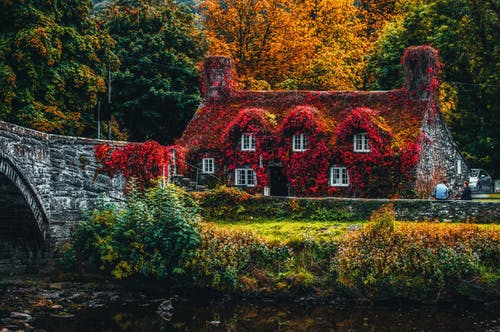
Landscape architecture is as much an art form as it is a function-focused profession. What are some of the finer points of this particular discipline? Here’s the scoop on this great area of outdoor knowledge today.
A Multi-Discipline Expertise
Landscape architecture truly is a multi-discipline expertise. The term “landscape architecture” itself combines two words that each represent their very own fields of academia: landscape and architecture. As such, landscape architecture is the field of work concerned with the design of various outdoor areas to achieve any number of results. Outdoor design here can include a wide range of knowledge areas including botany, horticulture, soil sciences, geography, ecology, environmental psychology, and plenty of others. The actual goals sought ought by the practice of landscape architecture include but are not limited to environmental, structural, psychological, and aesthetic matters of concern.
Brief History
While landscape architecture today can feature some truly impressive, tech-based elements, this discipline goes back at least several hundred years in practice. Some of the first organized operations that could be categorized as landscape architecture endeavors were those works of master outdoor planning seen in royal spaces such as those of King Louis XIV of France and other royals of the time. Here, large and marvelous grounds were designed and built to represent the grandeur of the different royal families and their properties. Set apart starkly from all other landscapes around them, these royal places would feature beautifully maintained flower beds, fruit groves, decorative water features and structures, and more.
Places of Utilization
In modern times, landscape architecture is by no means restricted to those in positions of power. Today, this discipline can be seen at work all over the developed world – at residential homes, office spaces, parks and recreation areas, throughout public spaces, and plenty of other venues. To that end, urban planning is another very noteworthy area of landscape architecture utilization.
Well-defined by the Encyclopedia Britannica, urban planning is the “design and regulation of the uses of space that focus on the physical form, economic functions, and social impacts of the urban environment and on the location of different activities within it.” In other words, urban planning is the overall design and management of public spaces. So, where exactly does landscape architecture intersect with and assist the very important field of urban planning? Here are some individual examples:
- Planting climbing ivies and other, climbing plants at the base of the exterior walls of a city building to eventually create a “green wall” that is an aesthetic, eco-friendly, and energy-saving benefit.
- Strategically placing trees and bushes that are known for high water consumption along flood-troubled areas and waterways to save nearby structures.
- Building a retaining wall to stop erosion and create a stable, eco-friendly space that was otherwise unusable.
- Incorporating elements into the landscape that encourage beneficial animals to live within the immediate, urban environment.
- Re-routing a natural water feature, such as a stream or river, to also feed into a particular urban area to help form a new park and water recreation area.
- Constructing solar or wind power-harnessing elements seamlessly into an otherwise highly vegetation-filled and untouched, natural area.
Landscape Architecture Around The Home
For those interested in landscape architecture around the home, there are also many ways in which the use of this knowledge area can produce great results in the residential spectrum. From aesthetics to goals in energy-saving and practicality, landscape architecture can positively affect the private residence. Here are some common examples of its use in the residential zone, specifically.
- Building trellises to facilitate the growth of a variety of upward-climbing vegetation.
- The construction of a small fish pond or pool in one’s backyard.
- The incorporation of a scarecrow or other, pest-deterring structural components in the yard or garden area.
- Laying planks or other solid media as a walkway through beach or marshy areas.
- Building an on-site greenhouse.
Landscape architecture is an incredibly useful, multi-discipline expertise that can solve any number of external, environmental problems. From water and moisture management to energy-savings and even simple matters of aesthetics, this discipline is a valuable and widely-used one, for certain. For anyone interested in learning even more about the wide world of landscape architecture today, The American Society of Landscape Architects is a leading organization in this field with which readers are highly encouraged to direct any additional inquiries to directly.
Related Resources:
What Degree Do I Need To Become A Landscape Architect?
What Does a Landscape Architect Actually Do?
